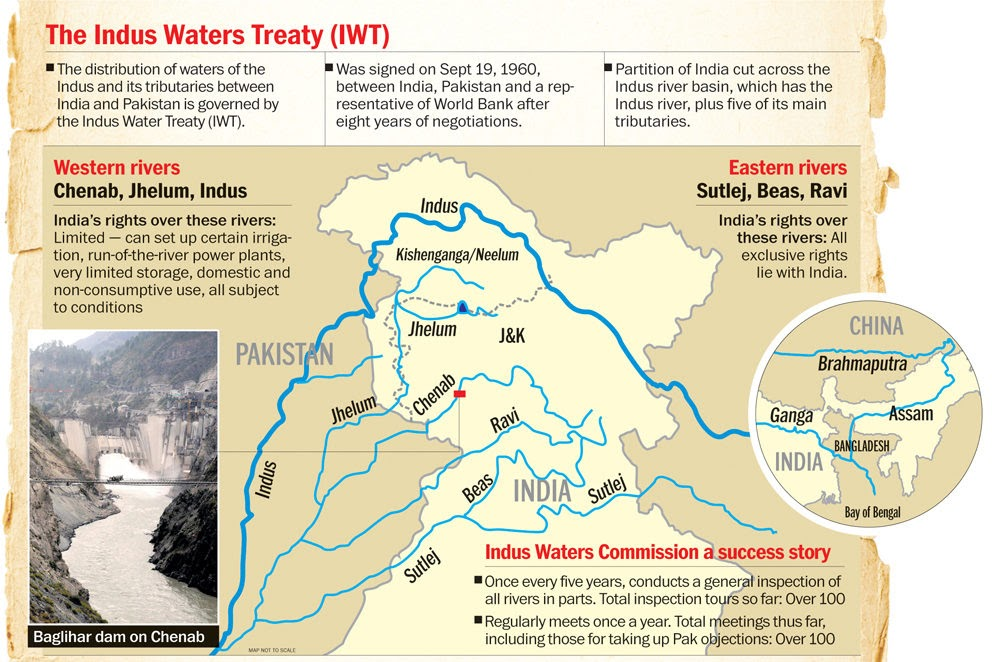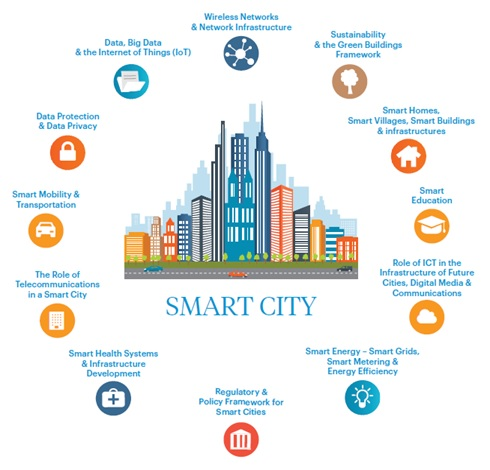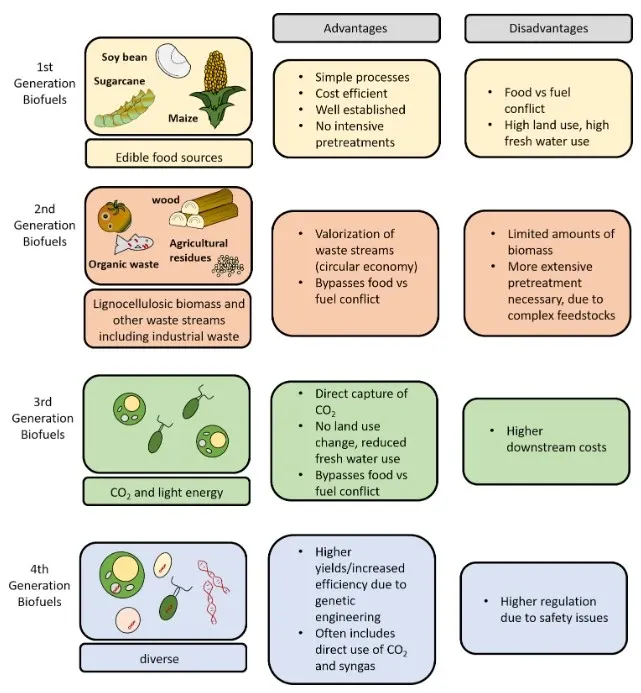World Affairs
‘Competent’ to judge Indus Water Treaty dispute, says World Bank Neutral Expert - The Hindu
Michel Lino, the World Bank-appointed Neutral Expert (NE), declared competence to address India-Pakistan differences on hydroelectric project designs under the IWT. India welcomed the decision, but it does not address India's demand to renegotiate the treaty.
Dispute Resolution Mechanism
- India interprets the IWT mechanism as requiring sequential steps:
- Resolve disputes through the Permanent Indus Commission (PIC).
- Refer unresolved issues to the Neutral Expert.
- Proceed to the Court of Arbitration if required.
- Pakistan bypassed sequential steps: It moved directly to the Court of Arbitration in 2016, which India opposes.
- Current Status:
- India wrote to Pakistan four times since January 2023 to renegotiate the treaty. No formal response received.
- India refused to participate in proceedings at the Court of Arbitration in The Hague, stating the treaty disallows parallel mechanisms.

Economy
What do draft data protection rules state? - The Hindu
The Ministry of Electronics and Information Technology recently released the draft rules for implementing the Digital Personal Data Protection (DPDP) Act, 2023. T
Data Localisation
- Definition: Restricts cross-border data flow, requiring certain data to remain within India's borders.
- Scope under Draft Rules:
- Expands beyond the DPDP Act, proposing a government-appointed committee to decide data classes that cannot be exported.
- Applicable to significant data fiduciaries (SDFs) like Meta, Google, Apple, Microsoft, and Amazon.
- Aim: To address challenges faced by law enforcement in accessing cross-border data for investigations.
- Precedent: RBI mandated payment data localisation in 2018; financial, payment, and insurance data already require domestic storage.
- Government's Approach:
- Centralised effort involving collaboration with ministries & regulators to ensure effective implementation without industry disruption.
- Two-year timeline proposed for industry compliance.
- Challenges:
- Difficulties in data segmentation and centre allocation.
- Higher operational costs for large tech companies and start-ups.
- Executive Overreach in DPDP Act
- Powers: Section 36 and Rule 22 allow government to demand "any" information from data fiduciaries/ intermediaries in interest of sovereignty, integrity, or national security.
- Concerns: Misuse of sweeping discretionary powers for surveillance or suppression of dissent.
- Justice A.P. Shah Committee (2012): Recommended notifying individuals subject to interception, citing misuse of orders under political influence.
What is the status of the Smart Cities Mission? - The Hindu
Almost a decade has passed since the Indian government announced the concept of “smart cities” as the new lighthouses of urbanisation. The June 2015 announcement of 100 smart cities aimed to create models of urban development. However, these lighthouses of urbanity have now been relegated to the annals of India’s urbanisation history.
Issues with Smart Cities Initiative
- Misaligned Framework: Based on IoT, suitable for advanced nations. In India, "smart cities" primarily aimed to provide basic amenities.
- Key Components:
- Pan-city proposals: Focused on IT-enabled services like mobility and waste management.
- Area-Based Development (ABD): Limited to specific zones, targeting retrofitting, redevelopment, and greenfield projects.
- Governance Challenges:
- Local governments bypassed.
- Projects governed by SPVs registered under the Companies Act.
- SPVs managed like private companies, excluding city councils.
Smart Cities Mission (SCM)
- About: Centrally Sponsored Scheme launched in June 2015.
- Aim: To transform 100 cities with core infrastructure and clean, sustainable environments.
- Focus: "Smart Solutions" for a better quality of life and inclusive development.
- Objectives:
- Core infrastructure and quality of life.
- Clean, sustainable, and inclusive environment.
- Compact, replicable urban models with smart solutions.
- Components:
- Area-Based Development:
- Redevelopment: Renew urban areas (e.g., Bhendi Bazar, Mumbai).
- Retrofitting: Upgrade existing infrastructure (e.g., Ahmedabad).
- Greenfield Projects: Build sustainable urban areas (e.g., New Town, Kolkata).
- Pan-City Solutions:
- ICT-enabled solutions for e-governance, waste, water, energy management, urban mobility, and skill development.
- Governance Structure:
- Special Purpose Vehicle (SPV) under the Companies Act, 2013.
- Led by bureaucrats or corporate representatives.
- Current Status:
- Deadline extended to June 2024; initially planned for 2020.
- Funding through Public-Private Partnership (PPP).
Government Initiatives Supporting SCM:
- AMRUT (Urban Rejuvenation).
- PMAY-Urban (Housing for All).
- Climate Smart Cities Assessment Framework 2.0.
- TULIP (The Urban Learning Internship Program).

‘Need policy for affordable bioethanol’ - The Hindu
India has the advantage of achieving carbon neutrality through bioethanol and renewable energy-based electrification but the government needs to create a mechanism to make prices of bioethanol fuel more affordable to make it economically viable for users.
Biofuels
- Definition: Hydrocarbon fuels derived from organic matter within a short period (days to months).
- Types: Solid (wood, dried plants, manure), Liquid (bioethanol, biodiesel), Gaseous (biogas).
- Uses:
- Replace or supplement fossil fuels in transport, electricity etc.
- Address rising oil prices, GHG emissions, and support farmers.

Science and Technology
Why are antivenoms not easily accessible in India? - The Hindu
On New Year’s Day, five-year-old Mayuri lost her life to a snakebite in Uttara Kannada district in Karnataka. The delay in receiving antivenom and the unsafe conditions at her anganwadi tragically sealed her fate.
Antivenoms
- About: Life-saving medicines for treating snakebites.
- Production: By injecting small venom doses into animals (usually horses), leading to antibody production. Antibodies neutralise venom toxins.
- Mechanism of Snake Venom: Venom contains toxic proteins evolved to immobilise prey and defend against threats.
- Effects on humans:
- Haemotoxins: Disrupt blood cells and clotting.
- Neurotoxins: Paralyse by blocking nerve signals.
- Cytotoxins: Dissolve tissue at the bite site.
- Background: First antivenom developed by Albert Calmette (1890s).
Production Process:
- Venom Extraction: Snakes are "milked" to obtain venom.
- Immunisation: Horses are injected with venom in increasing doses, stimulating antibody production.
- Antibody Extraction: Antibodies are purified from horse blood to create antivenoms.
- Keyproducers: Bharat Serums and Vaccines, Haffkine Bio-pharmaceutical, ViNS Bioproducts.
- Irula Tribe (Tamil Nadu): Skilled in snake-catching and venom extraction.
Snakebite Incidence in India
- Snake Species: Over 300 species, with 60+ venomous. The "Big Four" (Indian cobra, common krait, Russell’s viper, saw-scaled viper) cause most fatalities.
- Uncovered Risks: Venom from other snakes (e.g., king cobra, monocled cobra, hump-nosed viper) is not included in current polyvalent antivenoms (PVAs), leading to ineffective treatment.
- Impact: A 2020 study reported 1.2 million deaths and triple the number of disabilities (2001-2014). Rural workers and monsoon seasons see higher vulnerability.
- Urban Threats: Poor waste management, urban floods, and unplanned urbanisation increase encounters even in cities.
Challenges in Antivenom Accessibility
- Access Issues: Rural areas lack timely access to healthcare facilities with antivenoms.
- Logistical Problems: Cold storage for antivenoms is insufficient, leading to degraded efficacy in rural facilities.
- Economic Barriers: High production costs make antivenoms unaffordable for economically disadvantaged populations.
- Mismanagement: Inadequate administration, superstition, and cultural delays worsen outcomes.
Advancements in Antivenom Technology
Synthetic Antivenoms:
- Lab-engineered using recombinant DNA technology.
- Free from animal-derived proteins, ensuring greater safety and efficacy.
- AI-driven research (e.g., by 2024 Nobel laureate David Baker) promises faster and more effective development.
Region-Specific Antivenoms:
- Research on cross-species venom variability (e.g., IISc Bengaluru) aims to create tailored treatments.
Rapid Diagnostics:
- Portable venom-detection kits and diagnostic tools guide precise antivenom use.
Future Outlook: Enhanced research, infrastructure, and public awareness can mitigate the snakebite crisis effectively.